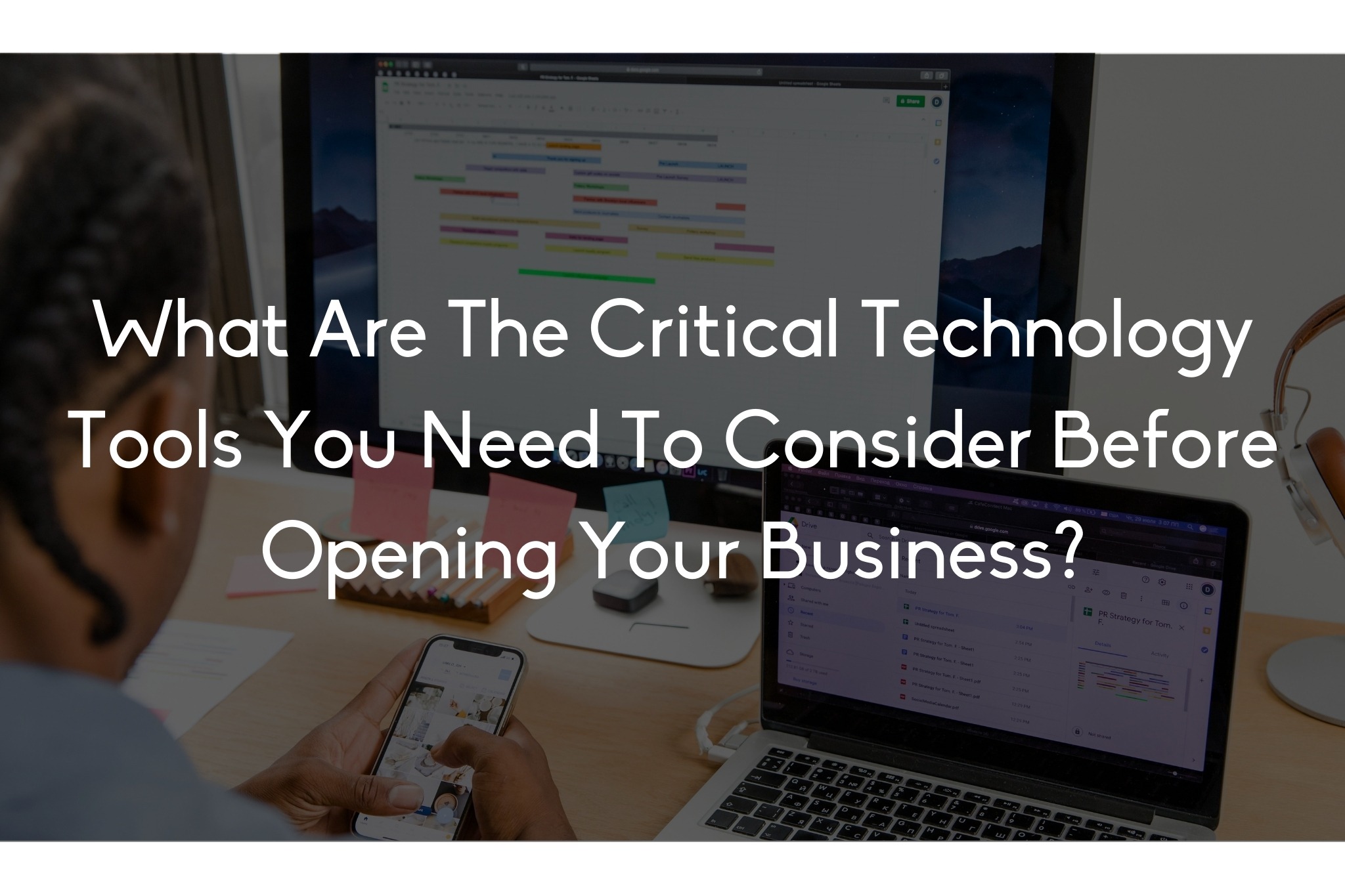
Running a business is tough, but picking the right tools? That can be even tougher. There’s a jungle of software, platforms, and systems out there, all promising to make your life easier. But with so many options, where do you even start? And more importantly, how do you find tools that won’t drain your bank account?
This guide walks you through choosing the best business tools for your needs—without overspending. Whether you’re a startup, a growing business, or just looking to optimize your budget, this is for you.
The trick is to focus on what truly moves the needle for your business. You don’t need the flashiest, most expensive software—you need the right tool for the job. Let’s break it down step by step.
Start with what matters most
Before jumping into software comparisons, take a step back. What problems are you trying to solve? Are you looking for a CRM to track customer interactions, a project management tool to organize tasks, or an accounting system to keep finances in check?
Make a must-have vs. nice-to-have list
A good way to filter options is to separate essentials from extras. Essentials are things you absolutely need to function efficiently. Extras are nice but not deal-breakers.
For example:
Stick to the must-haves first. The rest can come later.
Know what you can afford (and what you can’t)
Every dollar counts, especially if you’re running a small business. Instead of chasing the best-of-the-best tools, focus on what fits within your financial comfort zone.
Use the 5% rule
A simple rule of thumb: Allocate around 5% of your revenue for tools and software. If your business makes $100,000 a year, that’s $5,000 annually or about $417 per month. This ensures you’re investing enough to run efficiently without overspending.
Watch out for hidden costs
Many tools have sneaky extra costs:
Read the fine print before committing.
Don’t underestimate free tools
Many businesses pay for software they could get for free. Open-source tools and freemium models can cover a lot of ground. For example:
When to upgrade to paid?
Free versions are great, but they come with limits. If a free tool is holding you back—whether it’s a user cap, missing features, or lack of support—it might be time to upgrade.
Choose tools that grow with you
What works today might not work tomorrow. The last thing you want is to migrate to a whole new system because your current tool can’t handle growth.
Look for tools that offer:
For example, if you’re choosing an email marketing tool, start with something that supports automation and segmentation, even if you don’t need them today. When your business scales, you’ll be glad you planned ahead.

Learn from real users, not just marketing pages
Every tool will tell you it’s the best. But the real truth comes from those who’ve used it. Check out reviews on sites like G2, Capterra, or Trustpilot to see what people love—and hate—about a tool.
Ask other business owners
Your network can be a goldmine. Ask fellow entrepreneurs what they’re using, what works, and what they wish they had done differently. This can save you from painful trial and error.
Use free trials and demos
Most tools offer free trials—use them. A 7-day or 14-day trial can tell you whether a tool feels right before you spend a dime.
Create a test case
Instead of just clicking around, set up a real scenario. For example, if you’re testing an invoicing tool, send a sample invoice to see how easy it is. If you’re testing a project management app, set up a small project and track progress.
This way, you’re not just evaluating features—you’re testing usability.
Less is more
It’s easy to fall into the “shiny object syndrome” trap—trying every new tool that promises to be a game-changer. But more tools mean more costs, more complexity, and more time wasted on learning curves.
Ask yourself:
Stick to a lean stack that covers your needs without overwhelming you.
Never pay full price if you don’t have to
You’d be surprised how often businesses overpay for software simply because they don’t ask for discounts.
Ways to save:
Audit your tool stack every 6 months
What worked last year might not be the best fit today. Maybe you’re paying for a tool you barely use, or maybe there’s a new option that fits better.
Every six months, go through your tools and ask:
A simple audit can save you thousands over time.
The right tools can make a huge difference in how efficiently your business runs. But you don’t have to break the bank to get them. By focusing on your actual needs, taking advantage of free options, and being smart about spending, you can build a strong tool stack that supports your business without draining your budget.
Now it’s your turn: What business tool has been a game-changer for you? Let’s hear it in the comments!

